The political structure of modern states is built in the framework of two main models - unitary and federal. What is the specificity of each of them? How was the public administration system formed in the Russian Federation? Why can the experience of building a federal model differ dramatically in different countries?
Federation as a form of state structure
What is a federal state? It implements the principles of federalism, which predetermine a number of differences between the political management system that has developed in the country and the unitary model. What are these principles? Based on what signs does the federal model of government differ significantly from the unitary? Let's try to build a reasoning, highlighting the common points for the federal and unitary models, and the specific features that are characteristic of each of them.
Federation and unitary state: is there a big difference?
It is widely believed that a unitary and federal state are two polar political models that are fundamentally different, almost antagonistic. This is not entirely true. The fact is that one of the characteristics characteristic, it would seem, only for a federal state - the administrative division into independent political units - is observed in countries that are traditionally considered unitary. For example, in France and Japan there are, respectively, departments and prefectures, which, according to some experts, have almost more political independence than, for example, the subjects of the Russian Federation.
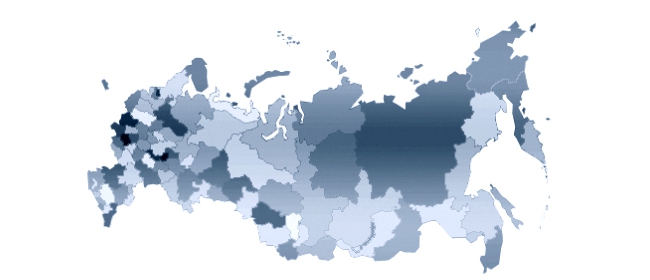
In the pure form of unitary (without dividing into administrative territories) states are now few. One way or another, some political localization at the level of provinces, prefectures, municipalities is present in most unitary countries. And in this, rather, their similarity with the federal ones.
Imitation of a federation?
Thus, the structure of a country's political structure cannot be considered a factor of its unambiguous assignment to any particular model. Moreover, there is a radical point of view according to which the majority of states that consider themselves federal, in fact, only create the appearance of belonging to countries whose state system has the classic features of a federation (we will consider them later). This is done, in fact, for a political purpose. One of the most successful federal states in the world is the USA.
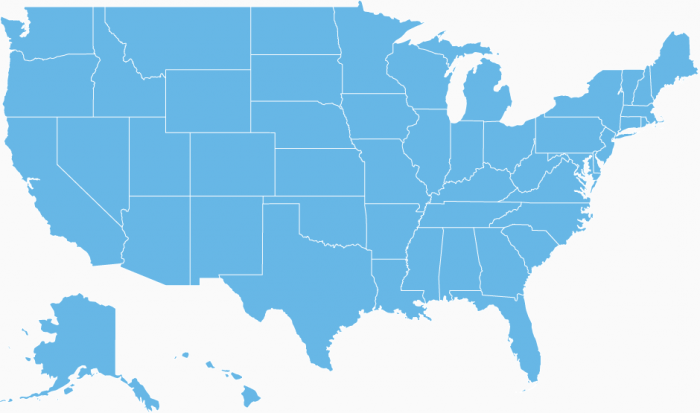
In turn, many countries consider it necessary in one way or another to join the American model, dividing their territory into states and registering the corresponding status of each of them in the constitution. In fact, the corresponding political units remain very dependent on the center.
At the same time, if we take the classic signs of federalism, we can see that the state, built in the framework of the corresponding model, will be very different from the unitary one. That is, the difference between the two types under consideration with the actual (and not just legal) presence in the political system of the country of the key elements of federalism will be significant.
Signs of the Federation
What are the key features that a federal state has? The division of the country into administrative units, as we said above, does not count, even if we call them states, but state in the constitution that the state model is a federation.
One of the key signs of the corresponding form of the country's structure is the functioning of government bodies that are not accountable to any higher structures in key development issues.The subjects of a federal state have, as a rule, pronounced independence from the capital in terms of key issues related to the development of the economy, society, state and municipal policies.
Moreover, the actual filling of the freedom of action of the administrative units that make up the federation depends on the content of legal acts on the delimitation of powers between federal authorities and those that operate at the regional level. In the political systems of some countries, subjects have very great independence, for example, states in the USA. In America, such a phenomenon as the federal program (if we understand it as a large-scale initiative affecting the interests of all citizens) is quite rare. There are no many laws habitual for the Russian Federation that are binding throughout the country, for example, the Labor and Civil Codes. Instead, in the USA there are collections of acts within the framework of one branch of law.
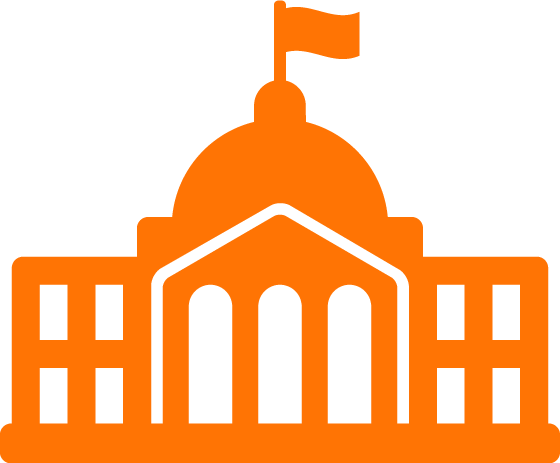
In turn, despite the fact that the Russian Federation is a federal state, there are a large number of examples where certain programs, initiatives and priorities determined at the federal level were to be implemented at the level of Russian regions. This, in turn, implied some accountability of the actions of subjects in front of the center. In Russia there are Labor and Civil Codes binding on the territory of the whole country.
Another sign of the federation is the presence of a full cycle of lawmaking at the level of three branches of government - legislative, executive and judicial. That is, in the entities forming a federal state, in most cases there is a local parliament (legislative structure), a local government (executive branch), and also the Supreme Court. Legislative initiative can and should come from, first of all, regional participants in the political process.
The next most important sign of a federation is the existence of independent, to a limited extent, entities accountable to the center of budgets. However, this criterion is among the most controversial. The fact is that there are a very large number of national models of budget policy within the framework of federal states, and it is not easy to classify them even by some groups.
Let us take again the Russian and American systems of the device of the country. State budgets in the United States to a much lesser extent than in the Russian Federation, depend on subsidies from the center, but have more authority to collect taxes. This enables many subjects of the American Federation to form, for example, their own police, medical and other services. In Russia, in turn, the principle of the unity of the budget system is fixed at the legislative level. Many government services are centralized. Thus, the independence of the budget as one of the signs of federalism is recognized by experts, but it raises debate about its role.
Signs of a unitary state
After listing the key features of a federal state, we consider the relevant criteria for countries with a unitary form of political structure. Some of them can be called based on the logic of detecting contrasts with the federal model. That is, in unitary states, as a rule, regional authorities are accountable to most of the issues to the center, do not have a complete law-making cycle, and budget policy as a whole is also determined in the capital.
Some experts define the absence of a political component in determining the borders of the administrative parts of the country as one of the typical signs of a unitary state. That is, simply put, the population and the authorities of the territories into which the state is divided does not care where it lives. Key legal norms that determine how the economy and society will develop are adopted in the capital - they will be equally implemented everywhere.
The borders of administrative territories can change quite easily. As a rule, the federal system of the state does not have such flexibility. If, say, in order for Maryland to cede part of Virginia’s territory, the most complicated negotiation and approval procedures must go through, when in Russia the Komi-Permyak Autonomous Okrug was part of the Perm Region, the inhabitants of the Autonomous Okrug had to give appropriate approval - they gave it, and they could also refuse to the authorities their desire to transfer to the jurisdiction of another subject of the federation.
Administrative and political units in unitary states, as a rule, are not endowed with the authority to conclude agreements with foreign states. The corresponding functions are performed by the center. In turn, the federal form of the state often implies sufficient independence of subjects in foreign policy activity.
Local territories within the framework of unitary states are not entitled to adopt laws that in any way restrict the rights of residents of other administrative units. In turn, if, for example, in the United States, a law is passed at the state level that prohibits the use of plastic bags (this was, in particular, recently adopted in California), then not only residents of the state, but all those who visits the given political subject.
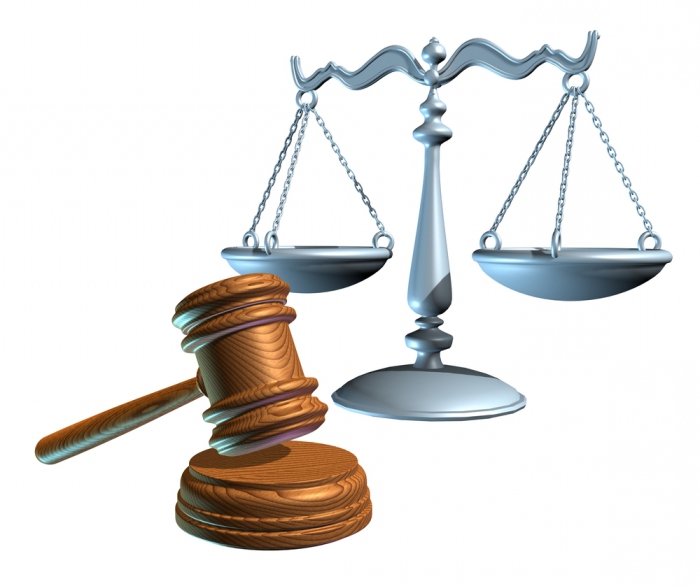
Administrative units within unitary states, as a rule, are not empowered to issue such laws (but they can be adopted by the center for the purpose of subsequent implementation in a specific territory of the country).
Features of the Russian model
Russia is a federal state. It is spelled out in the Constitution of our country. The key features that characterize the federal structure of the state are generally present in the Russian political model. Thus, in the Russian Federation there are entities in which a full cycle of lawmaking can take place, the activities of regional authorities have fairly limited accountability to the center, each subject of the federation has its own budget. What other features is characterized by the Russian model of federalism? Let's start with the most important historical facts.
There is a significant continuity between the principles of the territorial division of the Russian Federation into subjects today and the Soviet model of government. Regions, republics, territories, districts - this was introduced into the model of Soviet public administration. The territories of most modern constituent entities of the Russian Federation were determined by the authorities under the USSR.
In turn, the Russian Empire was considered a unitary state. The territory of the country was divided into provinces, but they did not possess signs of pronounced independence. State management was carried out centrally. Why was the territory of Russia (as well as other republics) divided during the Soviet era, and relative independence (transformed into a modern model of Russian federalism) assigned to each subject? Why, for example, Belarus, Ukraine and Kazakhstan became unitary states, and Russia - federal?

There are so many points of view on this subject. According to one of them, the division of the Soviet republics into regions was determined by the economic factor. These or those territories were determined based on the location of significant infrastructure facilities, as well as mineral deposits, transport routes, proximity to the sea, etc.
Another factor is national. Many of the modern Russian republics on the territory coincide with the population areas of the titular nations. Actually, this aspect, as many researchers believe, predetermined the fact that Russia is a federal state, and Kazakhstan is a unitary state.In a neighboring country, historically significant territories were not formed in which nations compactly resembling Kazakhs (the titular people), Russians, Uzbeks, Germans, Ukrainians (having their own states) lived compactly.
National factor
Thus, the model of government in the Russian Federation, according to a common point of view, is largely dictated by the fact that our country is multinational. In turn, the division of the territories in which Russians predominantly live into subjects — oblasts and territories — is due to the fact that it is rather difficult from the point of view of territorial organization and it is not quite advisable to form a certain “Russian republic” from the point of view of the cultural and historical context. Thus, Russia, having the main features of a federal state, has largely become the successor to the Soviet model of political structure. Before the USSR, our country had practically no traditions of federalism.
What other features of the Russian political model can be noted? Actually, we have already indirectly designated one of them. The Russian Federation is a federal state with different subjects. Our country includes republics, regions, territories, as well as cities of federal significance. In turn, the subjects of the federation are divided into local governments. Thus, in the Russian Federation there is a sufficiently pronounced vertical subordination of territorial units within the framework of the subjects of the federation. Consider it in more detail.
Russian system of government
Above, defining what distinguishes a unitary and federal state, we recorded that almost all countries of the world, one way or another, are divided into administrative units. We can say that within the framework of the model political structure of the Russian Federation This rule is also characteristic of entities that are part of Russia. Thanks to the sufficiently pronounced independence of the republics, territories, regions and cities of federal significance, several more steps of political power are formed inside them.
At the same time, certain criteria are characteristic of the corresponding systems of the administrative structure, which we have determined to be characteristic of unitary countries. That is, despite the fact that Russia is an undeniably federal state, its subjects, according to some criteria, are formed according to the unitary principles of the exercise of political power. How is this expressed?
Regional version of the unitary model
The republics, territories and regions of the Russian Federation are divided into two types of administrative units - urban districts and municipal districts. There is additional subordination in this scheme. The municipal district includes urban and rural settlements, which, in turn, include cities, towns, villages and villages. Cities of federal significance include special administrative units - intracity territories.
Districts, districts, settlements and other territorial units within the constituent entities of the Russian Federation are largely characterized by the same features as political structures within unitary states. That is, at the appropriate level, there are no authorities within the three branches, there are no powers to conclude international treaties, there is accountability to the center (the capital of the subject of the federation) in economic and political activities.
What is more effective - a unitary or federal state?
We compared a unitary and legal state according to a number of key criteria. Is it possible to unambiguously evaluate any of these two models of the country's structure as more effective? Probably not. Mainly because the factor of the country's historical development plays a crucial role. It is possible that a federal state is not quite suitable for a particular nation.
Countries are very different in political culture, traditions of self-government.It can be difficult to organize a federation due to the lack of grounds for dividing the territory into entities with a pronounced independence. If we talk, for example, about the United States, then we recall that this state was formed due to the merger of initially independent states, that is, due to centripetal trends. In the American scenario, we are talking about a unique case of political consolidation.
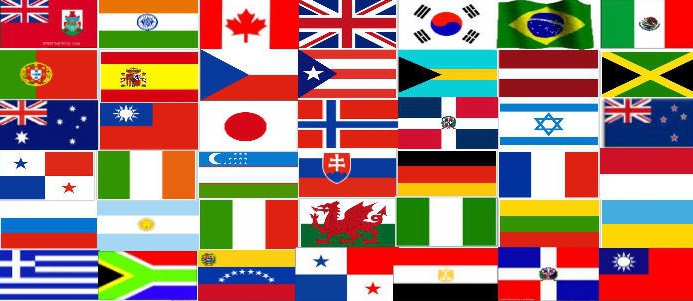
In the Soviet model, if you stick to the common version, the division of the republics into additional entities was dictated by economic reasons. The lands in Germany, in turn, largely coincide with the historical territories that participated in the unification into a state, the results of which were fixed by Bismarck in the 70s of the 19th century.
Thus, the formation of a federation must be determined in a political, social or economic context. Only in this case there is a chance to build an effective federal legal state, and not the appearance of successfully copying a foreign model. It is not at all necessary that the corresponding concept will be compatible with the state, which in a historical context functioned according to unitary principles.
